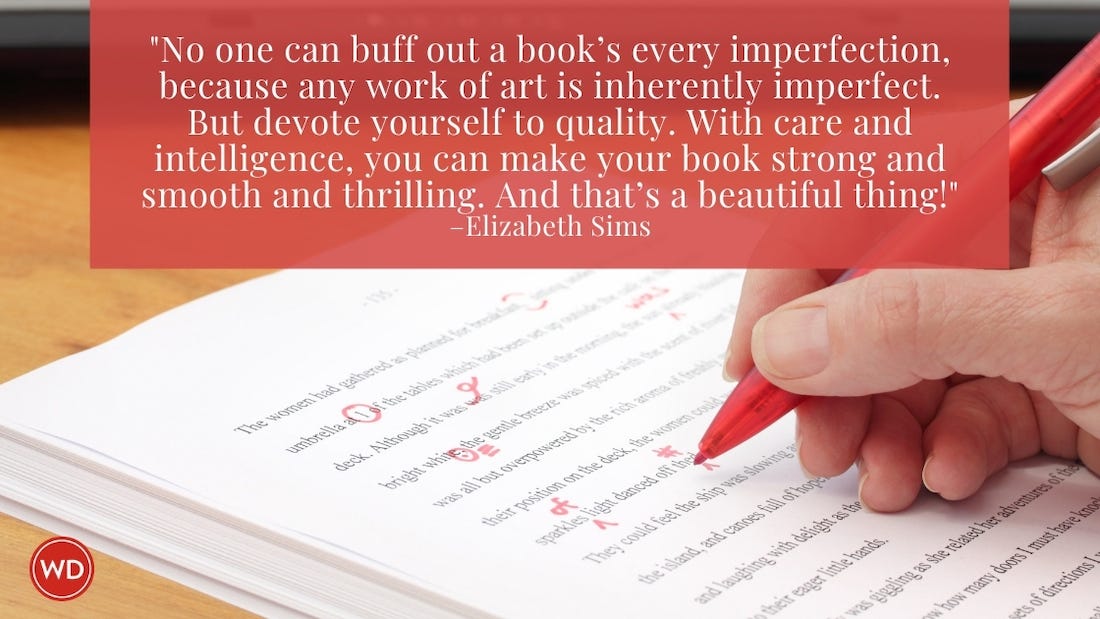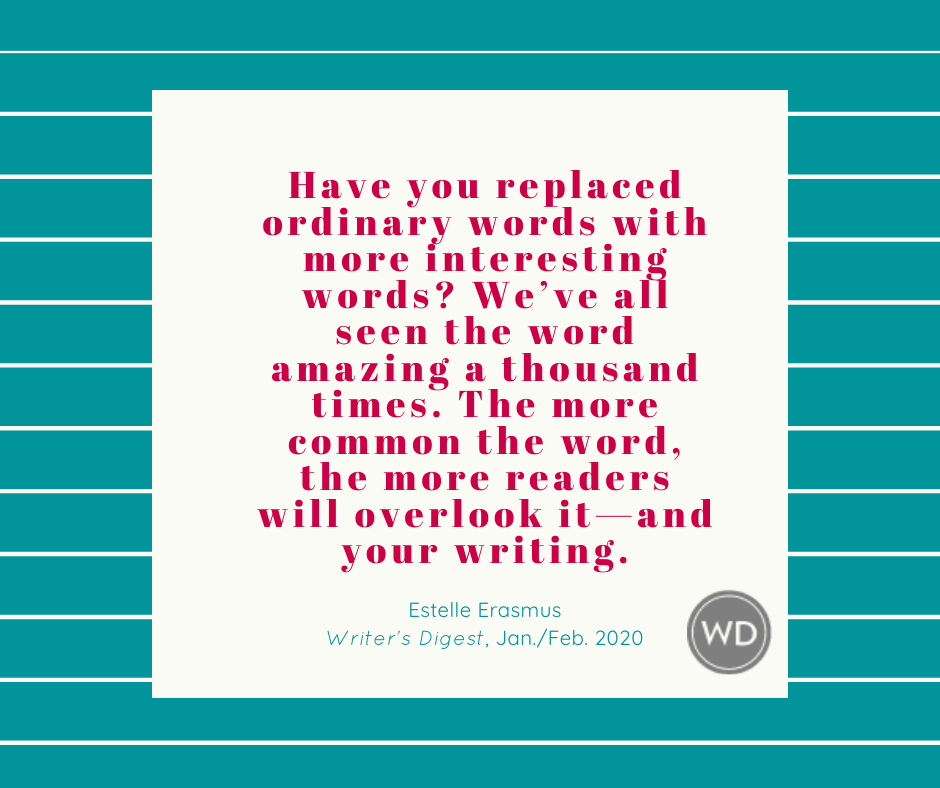Six Logical Writing Structures
Discover six logical writing structures that can help you find more success with every piece of writing, whether it’s a query letter, short story, news article, or blog post.
Every piece of writing, whether it is a cover letter for a job application, a news article, or a fictional short story, has its own structure. Think of structure as the skeleton of a piece of writing. It is the bare bones of the piece, all connected to form a solid, uniform foundation upon which you, the writer and the creator, will build something unique. Humans, for example, all have nearly identical basic skeletons. However, it's everything that goes on top of those skeletons—the muscles, the facial features, the shape, the curves, the personality, and even the clothes and accessories—that makes each human unique.
Remember being assigned five-paragraph essays on your first day back to grade school every fall? They'd usually be titled "What I Did This Summer," and they'd be assigned to have an introduction, three supporting paragraphs making up the body of the work, and a conclusion. This general format is the root of the six common writing structures that can be used for both formal and informal written communication.
Categorical Structure
In a categorical structure, a series of equally important topics are addressed. A political speech, like a campaign speech or even The State of the Union Address, is a good example of categorical writing. You might use a similar structure in a cover letter for a job application, in which you describe all of your traits that would make you an ideal candidate for the position.
Evaluative Structure
In an evaluative structure, a problem is introduced, and the pros and cons are weighed. You might employ an evaluative structure when writing an e-mail to ask a close friend for advice.
Chronological Structure
When your focus is more on the actual telling of the story than the end result, employ a chronological structure. Think of joke-telling. "Three guys walk into a bar..." sets up a sequence of events to deliver that final punch line. Similarly, most short stories and novels are written chronologically.
Comparative Structure
This structure is similar to evaluative, but it is used when there are more layers to the situation at hand that is being weighed. You might use a comparative structure if you were writing a speech for a debate team to explain the various reasons why you feel your point is stronger than your opponent's. Or you might use a comparative structure to write a letter to the editor explaining all the reasons you disagree with the city council's decision to raise local taxes.
Sequential Structure
This structure is similar to Chronological but is normally employed with a how-to voice when a step-by-step process is being described. If you were going to write about how to make your famous chocolate layer cake, or how to get to a great bed-and-breakfast you discovered out in the country, you would write sequentially, using words like, "First," "Next," "Then," and "Finally" to clarify your instructions.
Causal Structure
This structure might at first glance seem similar to Comparative structures, but it differs in that it does not involve weighing options against one another. Instead, it discusses the causes and then the effects regarding a particular topic or issue in that order. You might use this structure if you were writing an article on how something has come about, such as the contributing factors to air pollution. Or you might employ this technique in a letter explaining why you have decided to resign from your job.
Now that you know about the different kinds of structures, start paying attention to the skeletons of all the pieces of writing around you. The next time you flip through a magazine in a doctor's waiting room, or skim through a weekly e-newsletter that you subscribe to, or even read a letter from a friend, take some time to x-ray the writing and see how its bare bones are connected. Good writers hone their skills by being constantly aware of what they're reading.
Scott Francis is a former editor and author of Writer's Digest Books.









